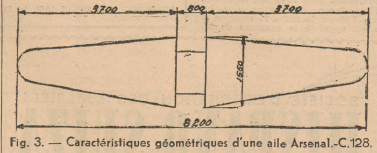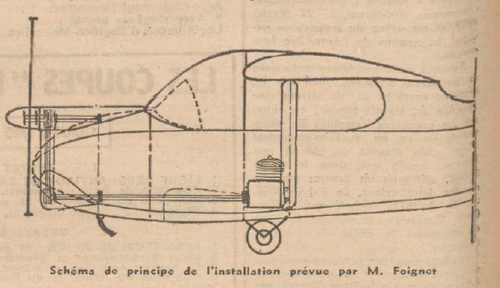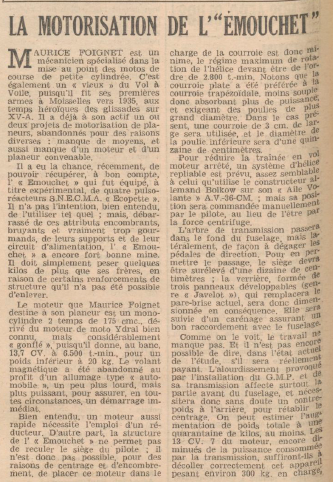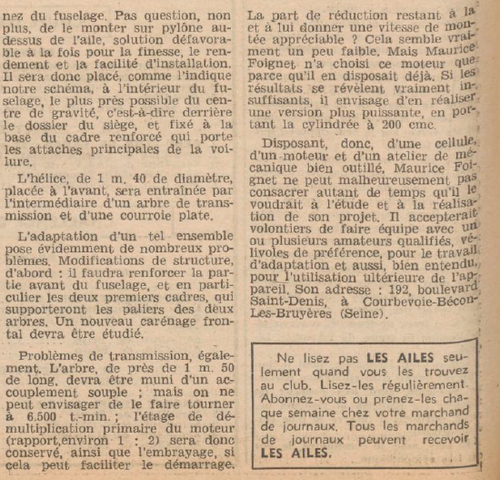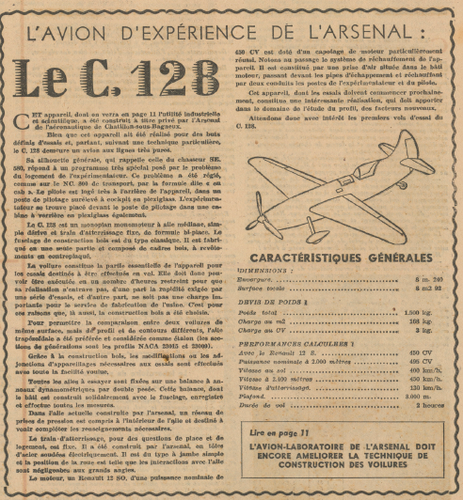- Joined
- 25 July 2007
- Messages
- 4,299
- Reaction score
- 4,198
Arsenal de l'Aéronautique Aircraft Designations
L'Arsenal de l'Aéronautique was established in 1936 in an old Breguet factory at Villacoublay. Arsenal was privatised in 1947. It became SFECMAS (Société Française d'Etude et de Construction de Matériels Aéronautiques Special) at the end of 1952. In 1955, SFECMAS merged with SNCAN, becoming the Société Nationale de Constructions Aéronautiques du Nord.
Early Arsenal designations were based on the initials of the director (Ingenieur-General Michel Vernisse) and the designer (G for Galtier, B for Badie).* VG and VB designation are listed below. [NB: the one-off Arsenal-Delanne 10-C2 tandem-wing fighter followed Delanne's designation sequence not Arsenal's.]
* Update: Hesham has since found an Arsenal VGU designation, apparently for Vernisse and GUyot (see VGU 40 helicopter project).
Built prototype aircraft were given series numbers (eg: VG 33-01 through '05 or VB 10-01) while production aircraft had added military role designation (eg: VG 33C1 or VB 10C1).
After privitization Arsenal adopted a new style of designation with an Ars (sometimes written as Ars.Aéro) prefix was followed by a four digit type number. Ars designations were applied to powered aircraft designs, test gliders, missiles, and target drones. Patterns are a little sketchy. For powered aircraft, these seem to be in the 1000 block (eg: research aircraft 1301, 1402 Gerfaut, etc.).
Exception are the 1947 aerodynamic research aircraft O.101 (note: capital O, not zero). And the 1953 SFECMAS Type 150 (a VTOL derivative of the 1500 Guepard/Nord Griffon).
One research sailplane was designated 4111 but I have found no others. Drones and missiles were given 5000 block type designations (eg: 5100 for AAMs, 5200 for SSMs, 5500 for drones).
An exception is the ST450 experimental missile (this anomoly probably results from the missile being given the same designation as its ramjet motor).
Arsenal (or Arsaéro) engine designations are erratic. The piston engine developments of the wartime German Jumo 213 were simply identified by cylinder number and a type prefix (eg: 12H, 12K, and 24H). The CT10 drone's pulsoréacteur must have had an Arsaéro designation but I haven't found it. The later ramjets were given the prefix ST (for statoréacteur?) followed by the engine's diameter in millimetres.
L'Arsenal de l'Aéronautique was established in 1936 in an old Breguet factory at Villacoublay. Arsenal was privatised in 1947. It became SFECMAS (Société Française d'Etude et de Construction de Matériels Aéronautiques Special) at the end of 1952. In 1955, SFECMAS merged with SNCAN, becoming the Société Nationale de Constructions Aéronautiques du Nord.
Early Arsenal designations were based on the initials of the director (Ingenieur-General Michel Vernisse) and the designer (G for Galtier, B for Badie).* VG and VB designation are listed below. [NB: the one-off Arsenal-Delanne 10-C2 tandem-wing fighter followed Delanne's designation sequence not Arsenal's.]
* Update: Hesham has since found an Arsenal VGU designation, apparently for Vernisse and GUyot (see VGU 40 helicopter project).
Built prototype aircraft were given series numbers (eg: VG 33-01 through '05 or VB 10-01) while production aircraft had added military role designation (eg: VG 33C1 or VB 10C1).
After privitization Arsenal adopted a new style of designation with an Ars (sometimes written as Ars.Aéro) prefix was followed by a four digit type number. Ars designations were applied to powered aircraft designs, test gliders, missiles, and target drones. Patterns are a little sketchy. For powered aircraft, these seem to be in the 1000 block (eg: research aircraft 1301, 1402 Gerfaut, etc.).
Exception are the 1947 aerodynamic research aircraft O.101 (note: capital O, not zero). And the 1953 SFECMAS Type 150 (a VTOL derivative of the 1500 Guepard/Nord Griffon).
One research sailplane was designated 4111 but I have found no others. Drones and missiles were given 5000 block type designations (eg: 5100 for AAMs, 5200 for SSMs, 5500 for drones).
An exception is the ST450 experimental missile (this anomoly probably results from the missile being given the same designation as its ramjet motor).
Arsenal (or Arsaéro) engine designations are erratic. The piston engine developments of the wartime German Jumo 213 were simply identified by cylinder number and a type prefix (eg: 12H, 12K, and 24H). The CT10 drone's pulsoréacteur must have had an Arsaéro designation but I haven't found it. The later ramjets were given the prefix ST (for statoréacteur?) followed by the engine's diameter in millimetres.

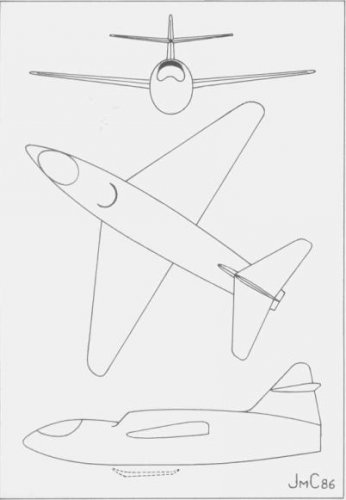
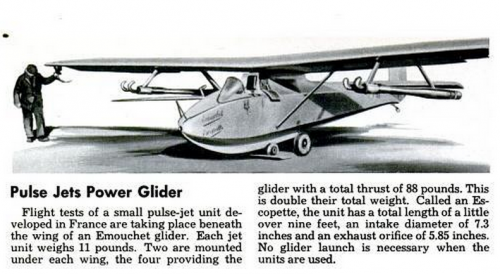
![Les_Ailes___journal_hebdomadaire_[...]_bpt6k65539084.jpeg](/data/attachments/139/139255-52ce4cbe028e77ff5332987dca1fb70c.jpg)
![Les_Ailes___journal_hebdomadaire_[...]_bpt6k65539084 (1).jpeg](/data/attachments/139/139256-7d72ed7fed89dc5348741c6f7b8e3a57.jpg)
![Les_Ailes___journal_hebdomadaire_[...]_bpt6k6553909j.jpeg](/data/attachments/139/139257-a54bed3a6bc296c4af4d8c566a1c03cf.jpg)
![Décollage___le_magazine_de_[...]_bpt6k9767851d_9.jpeg](/data/attachments/146/146961-d513a133c23360abb7b30c2d59ccdcba.jpg)
